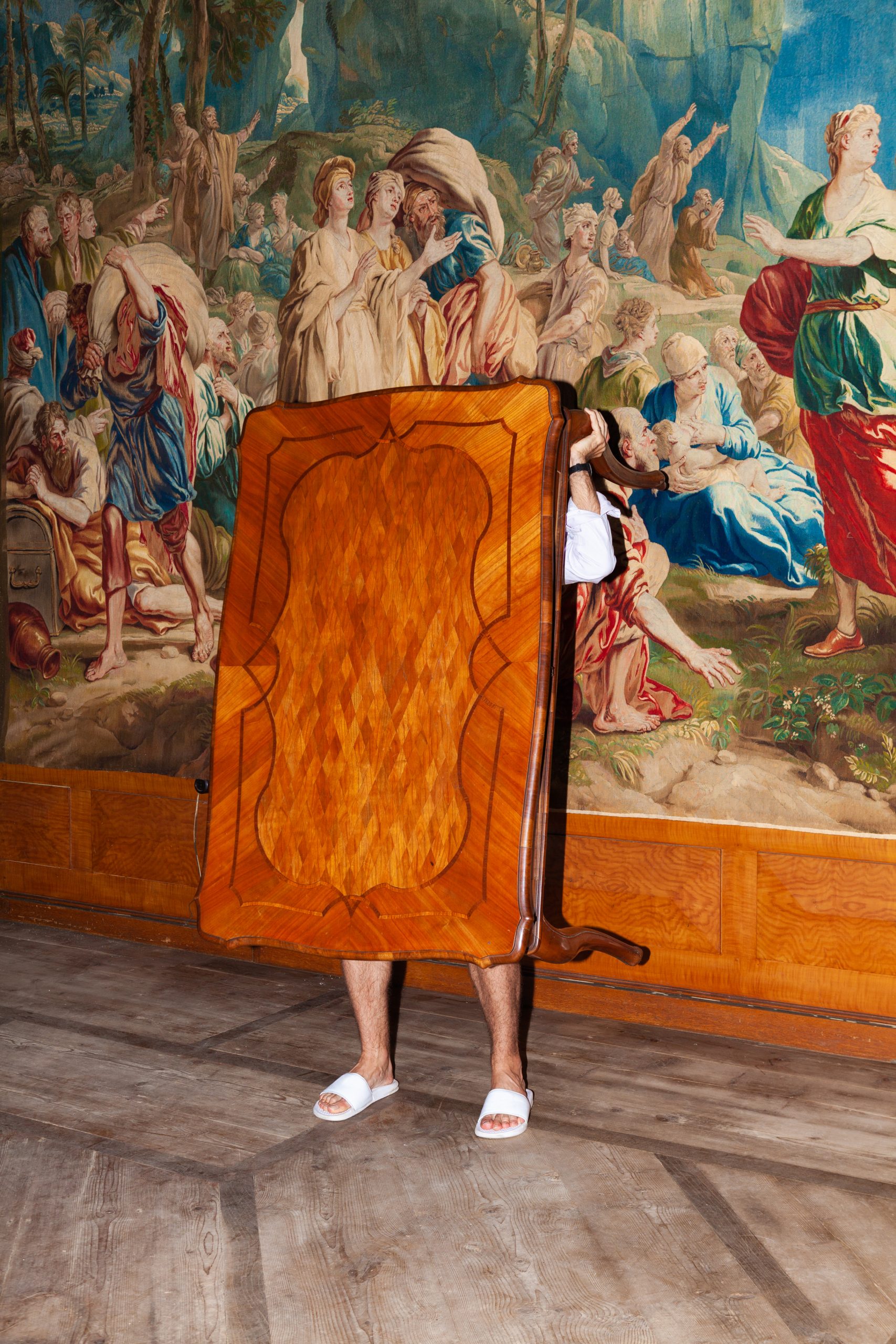Built in the 12th-century, the original medieval core of Schloss Hollenegg has been added on to in various architectural styles over the centuries. Set atop the lush forests of Austria’s remote Styria region, the sprawling palace features a Renaissance courtyard, Rococo staterooms, Gothic Revival chambers, and other features.
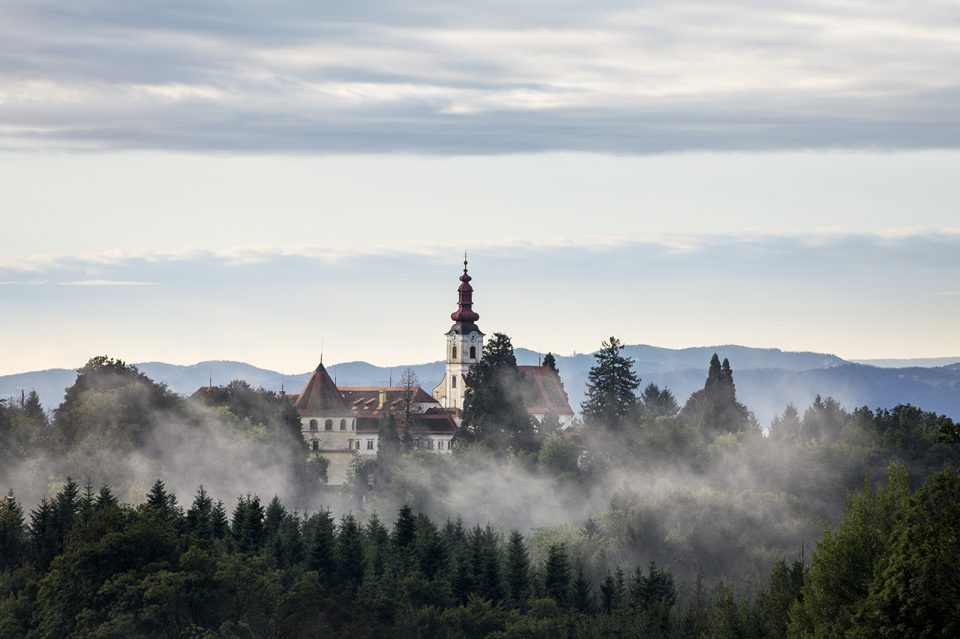
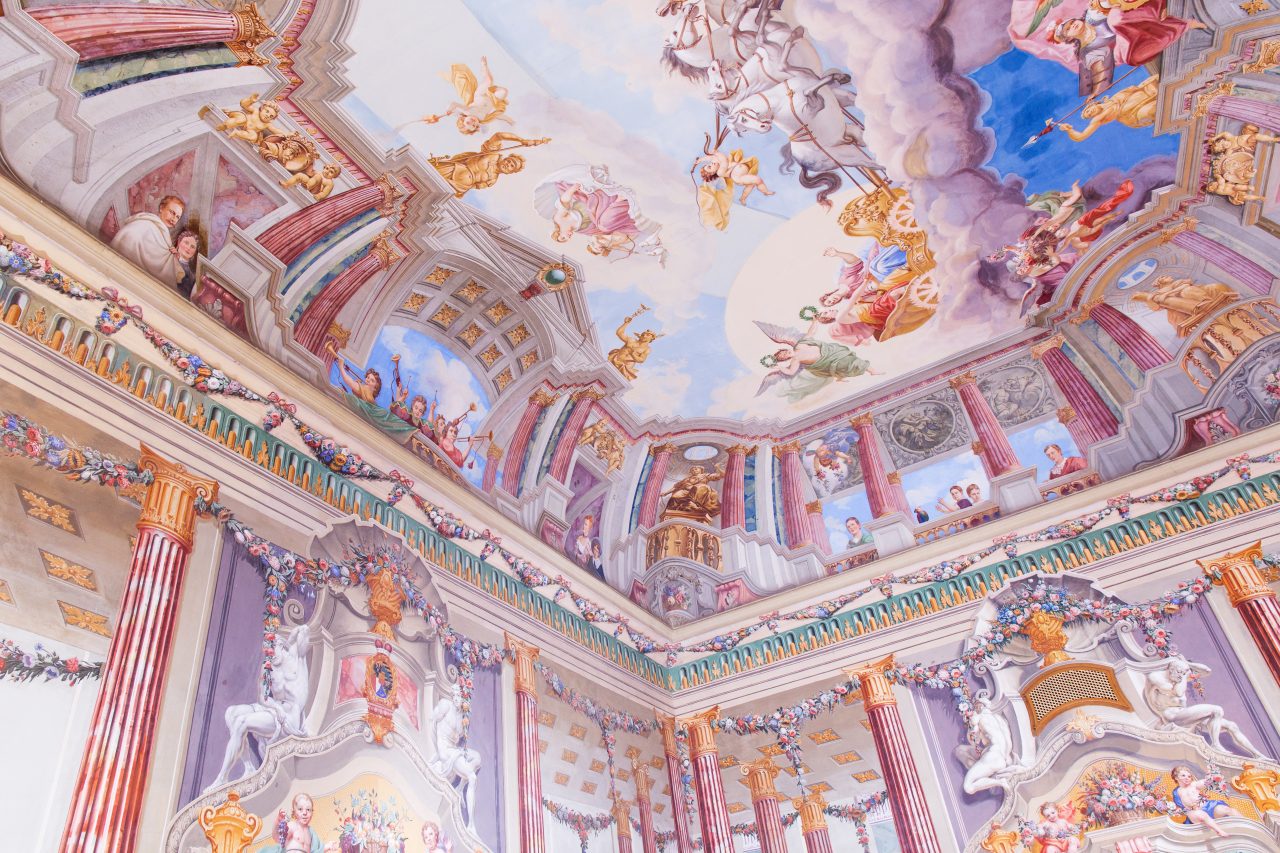
This eclectic assemblage of stylistic references, matched with a wealth of material culture and architectural detail artifacts, makes for a dramatic backdrop to showcase some of the best contemporary experimental and conceptual designs out of Europe and the United States.
Alice Stori Liechtenstein—the chateau’s current owner—has done just that. For the past five years, the tireless culture-maker has transformed portions of her family home into a burgeoning design center.

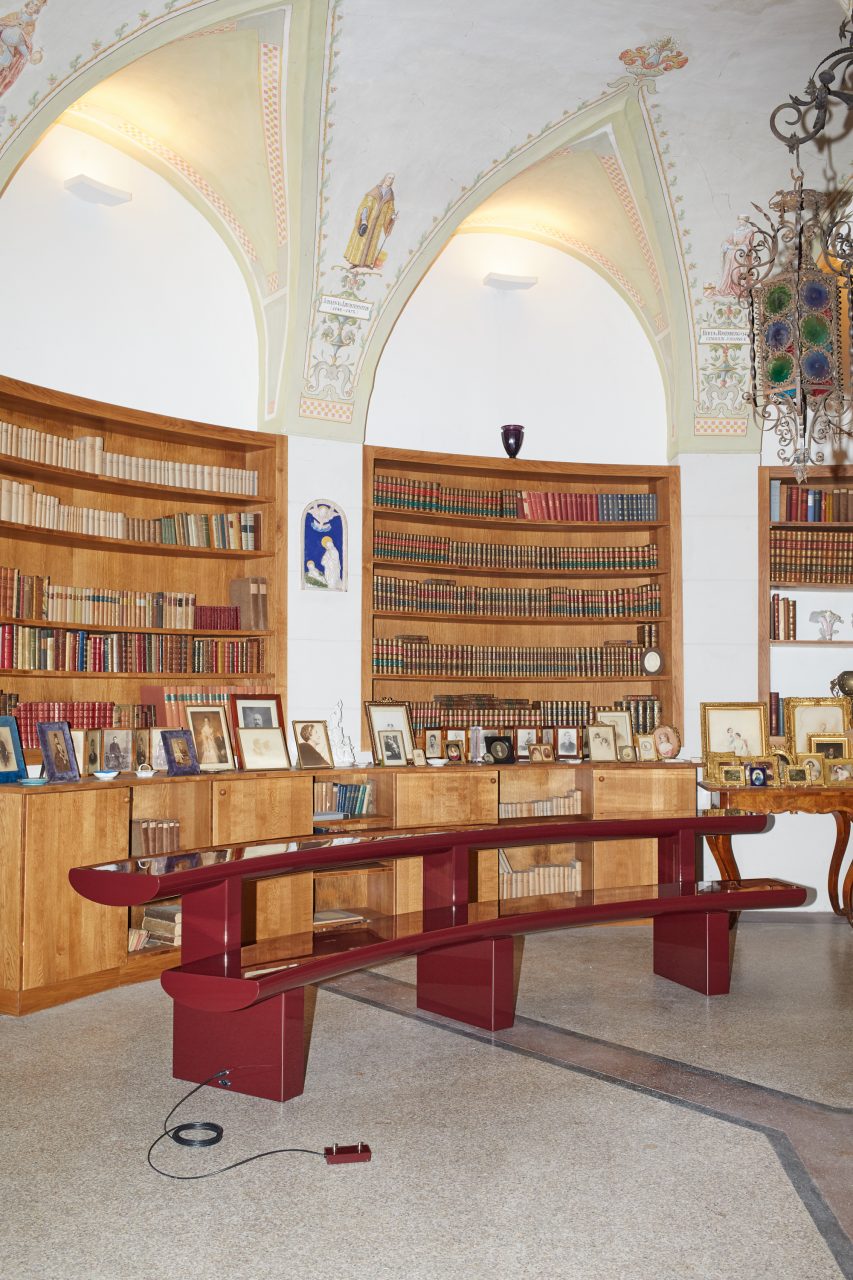
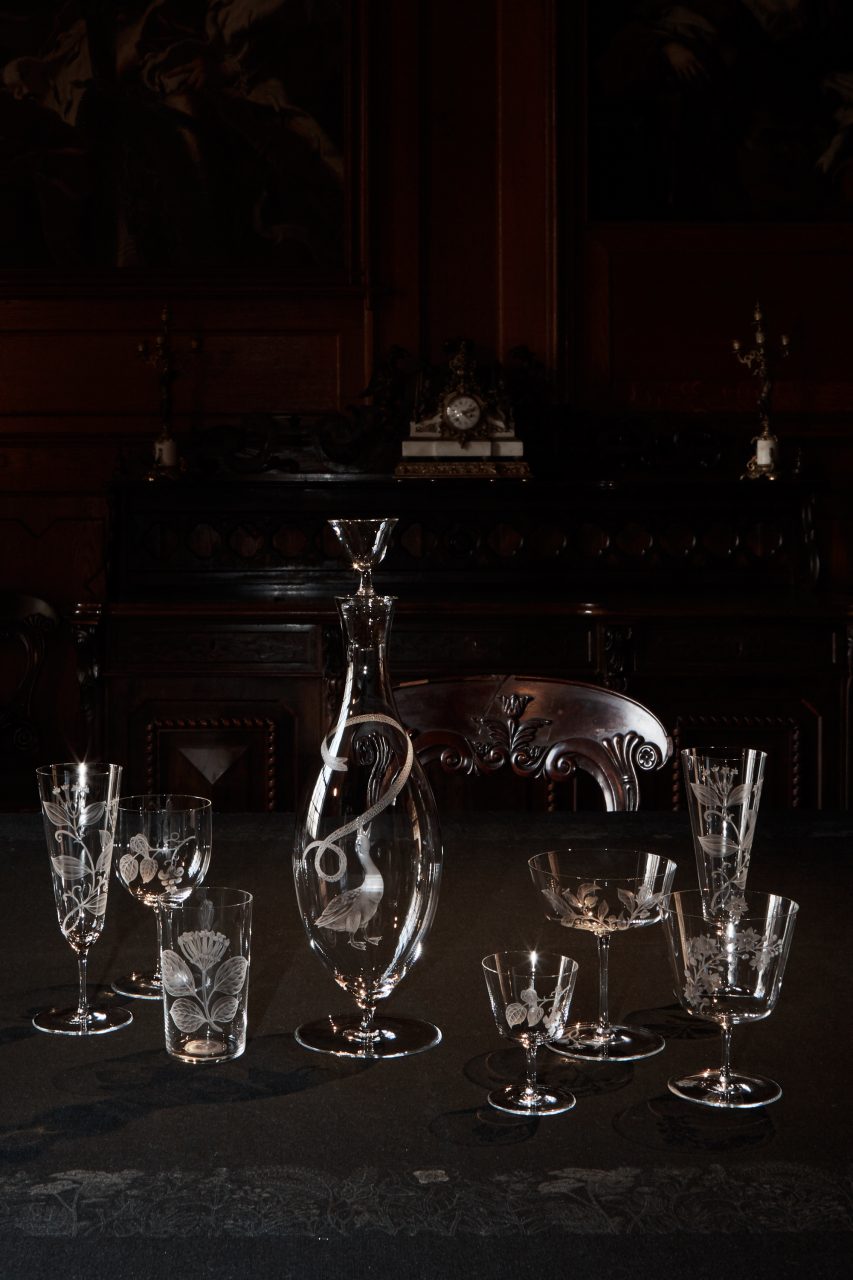
Schloss Hollenegg for Design allocates ongoing residencies to young designer with a strong conceptual approach. Each individual, duo, studio, or collective is given a theme and a room from which to develop a commissioned project. The results should, in some way, respond to Schloss Hollenegg’s history while also addressing present-day questions of design and society.

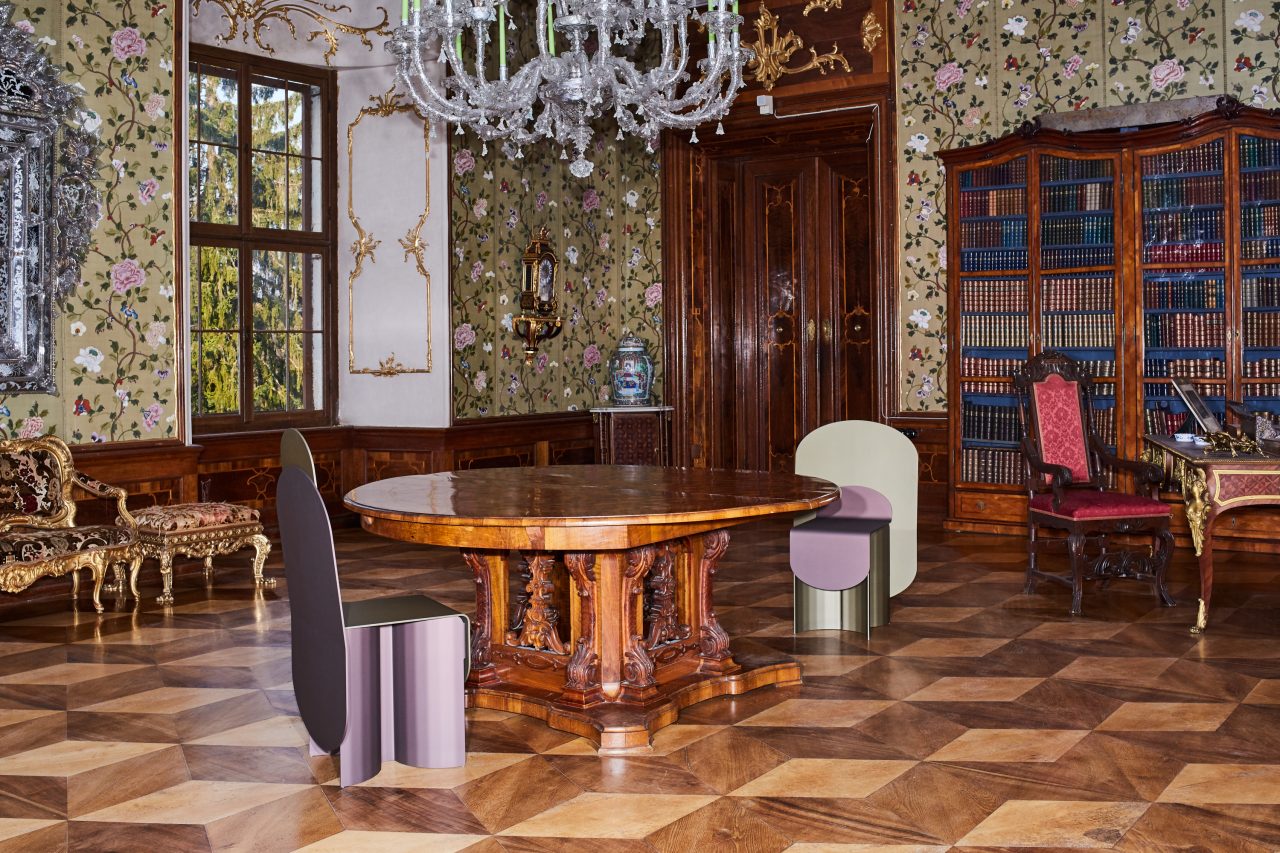
This program is topped-off by an annual two-week-long, thematic exhibition. In mid-May, key figures from the design world descend on Schloss Hollenegg for a celebratory weekend. Throughout the year, Stori Liechtenstein hosts a rigorous design talk program that addresses the themes explored in both the residencies and exhibitions.
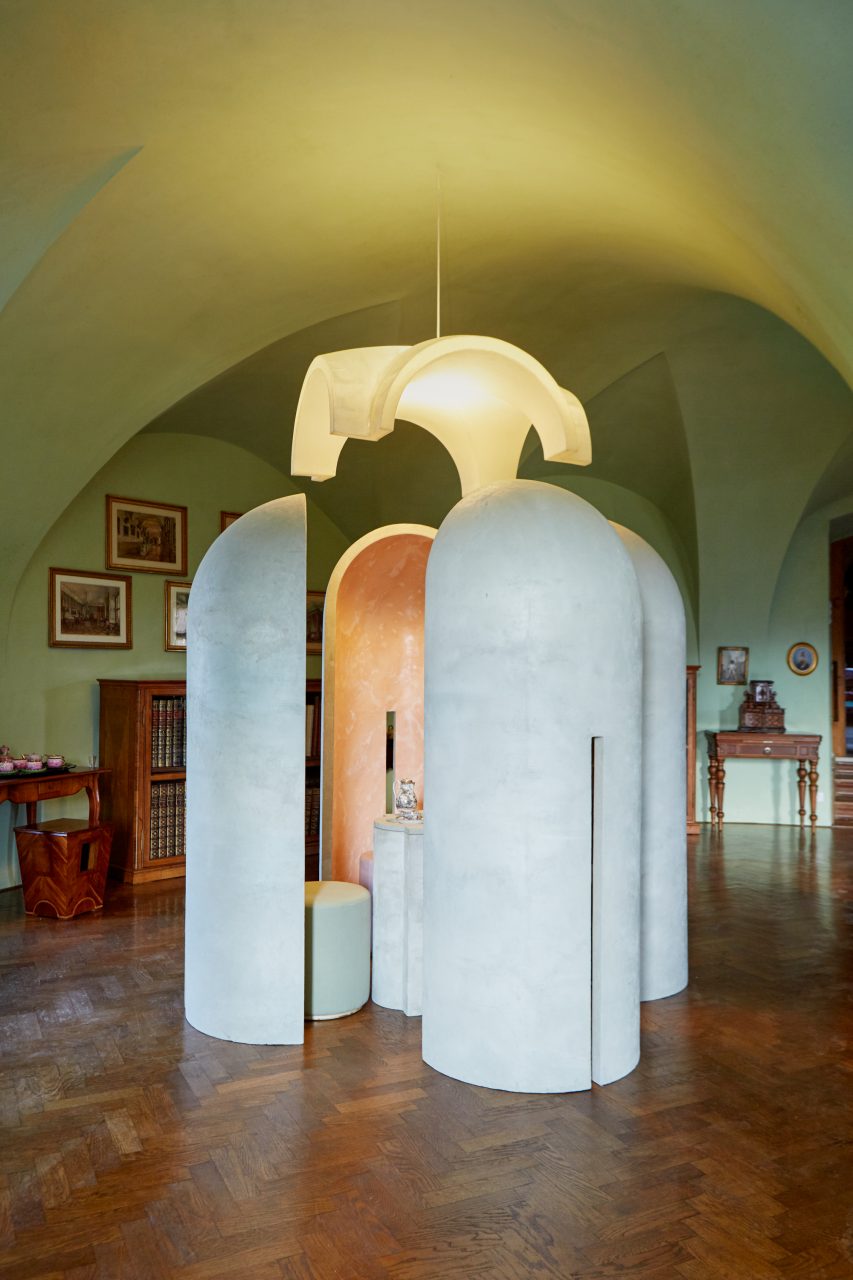
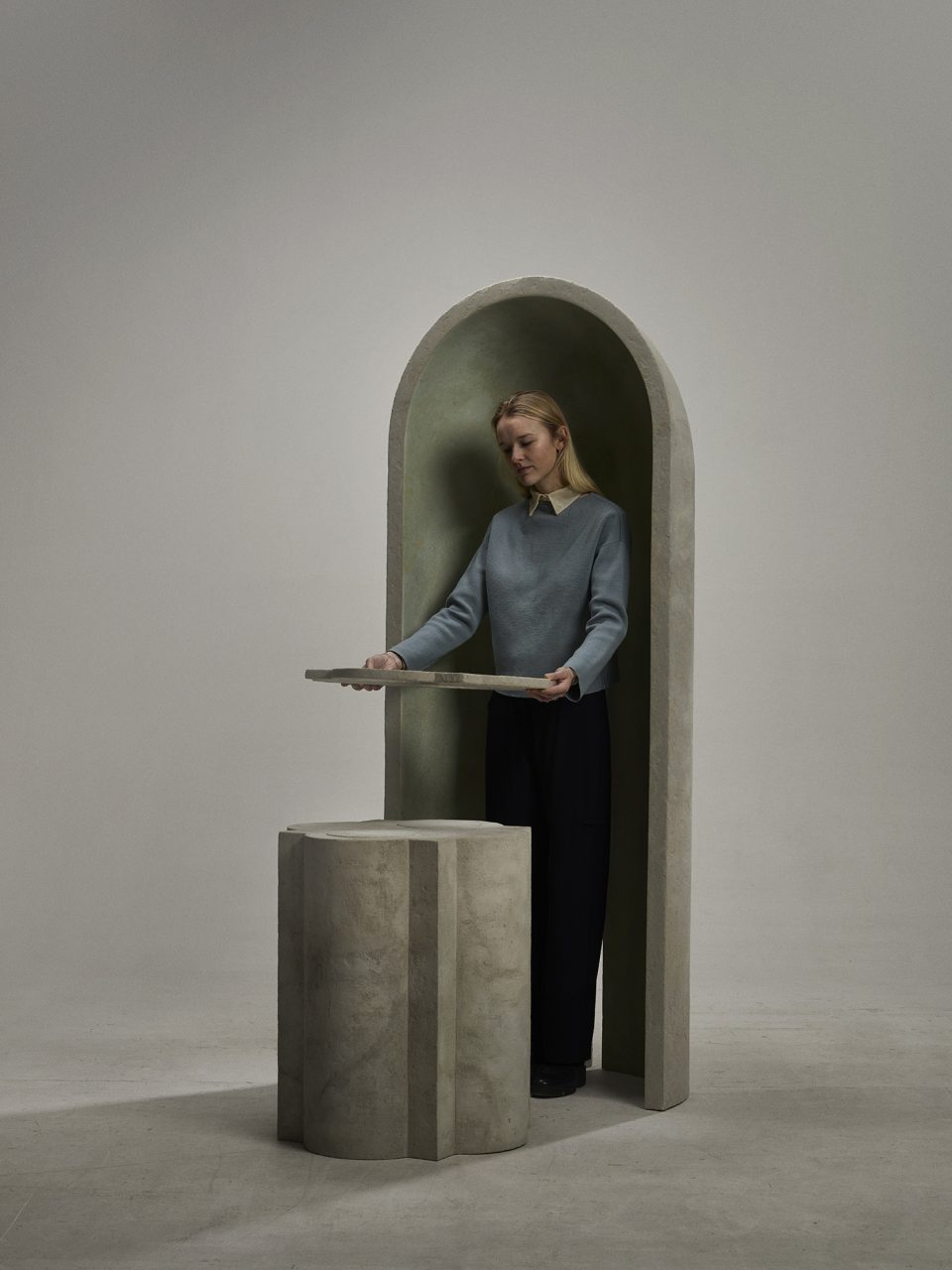
For this year’s exhibition, the curator asked 21 designers to create new pieces, or re-contextualize existing work, that addresses the theme of dining table rituals. AD MENSAM—on view till May 27th—explores how this ubiquitous object allows people to gather, share food, exercise etiquette, quarrel, and reunite. There is perhaps no other furniture archetype that facilitates so much human interaction. For that reason, it’s a place where the evolution of rituals has played an important role over time.
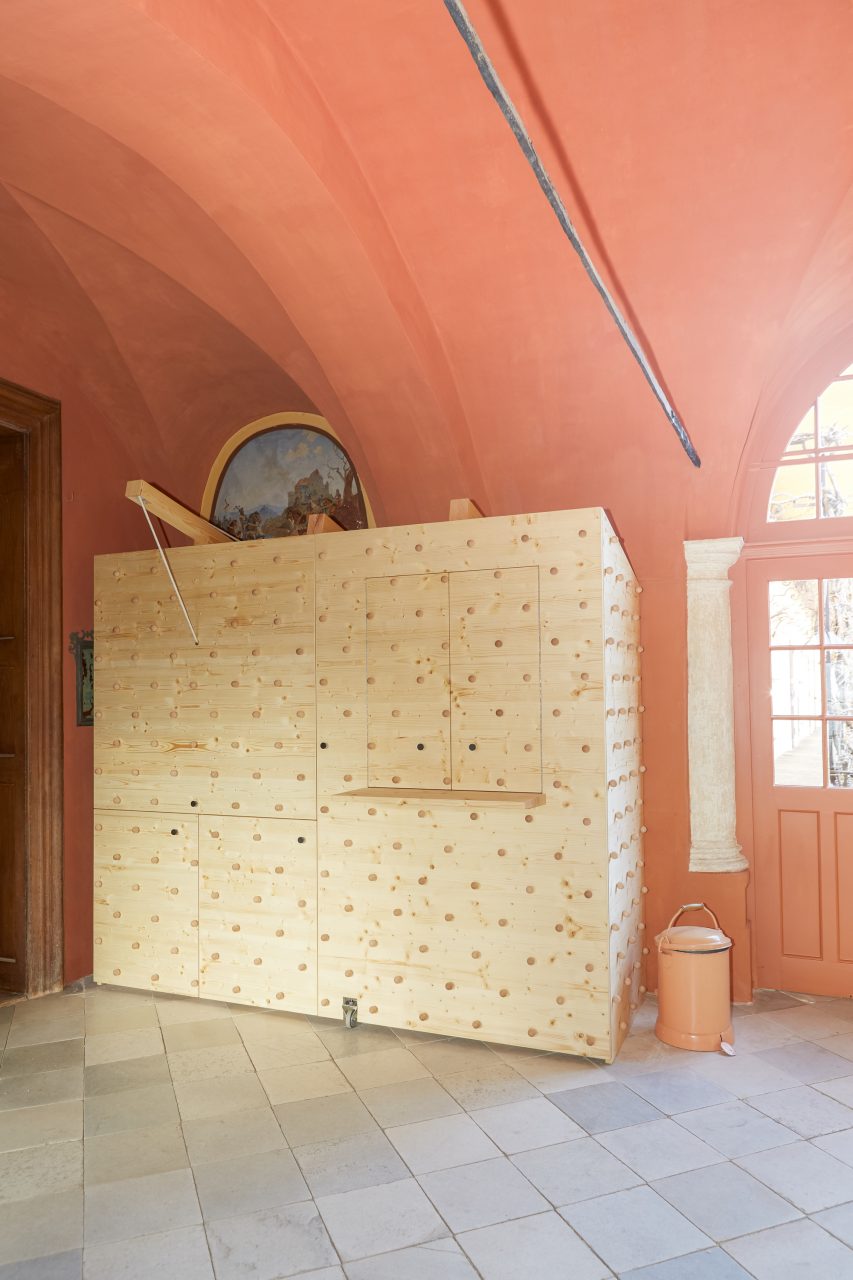

In particular, works by the past year’s designers-in-residence—OS ∆ OOS, Nel Verbeke, Katie Scott, and Katie Stout—have been installed in key rooms, the spaces from which their projects derive. Other exhibitors include Commonplace, Ferréol Babin, Dean Brown, Crafting Plastics, Alexandra Fruhstorfer, Laurids Gallée, Alexandre Humbert, Kneissl + Prade, Carolien Niebling, Optimismus, Omer Polak, Sara Ricciardi, Studio Plastique, Studio Quetzal, James Shaw, and David Tavcar.
